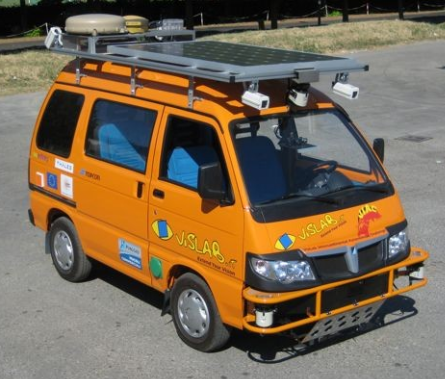The Project “VisLab Intercontinental Autonomous Challenge” led two robotic vehicles (solar powered) on an 8,000 mile journey through Eastern Europe, Russia and China without the use of human drivers. Both vehicles were equipped with BGAN Thrane Explorer 727 mobile satellite communication terminals that transmitted the trek via live satellite video. Also on board were solar powered laser scanners and seven video cameras for the purposes of detecting and avoiding obstacles. This project was funded partly by the European Research Council.

The project manager Professor Alberto Broggi of VisLab says the goal was to show that modern technology is evolved enough for deployment of non-polluting, non-oil based “robotic driven” vehicles. Live Video streaming as well as store-and-forward video, blogs and photos were sent to the VisLab website via BGAN satellite connectivity. Professor Broggi also shared “We also used BGAN for uploading the GPS position and vehicle data on to our website, to transfer short segments of code, and to make short phone calls”
The purpose of the first robotic car was to experiment with camera sensing, decision making and feasibility to manage the onboard electronic systems. The second car, without any human intervention, followed the first car’s route successfully to Shanghai where both vehicles would be showcased at the World Expo 2010

